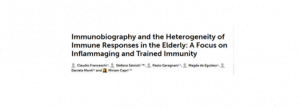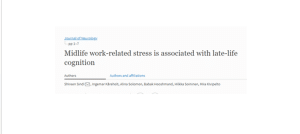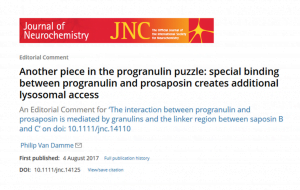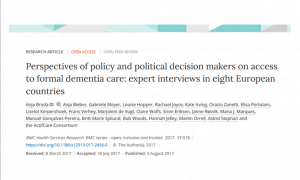A phase 2 clinical trial in young adults with Down syndrome of a drug being investigated for the treatment of Alzheimer’s disease supports further investigation of its potential, according to the researchers behind the four-week trial of scyllo-inositol, also known as ELND005. The results have been published in the Journal of Alzheimer’s Disease.
The most common form of intellectual disability in the United States, Down syndrome is caused by an extra copy of chromosome 21. People with Down syndrome exhibit various degrees of intellectual disability and are at greatly increased risk of developing Alzheimer’s dementia as they age. Excess activity of the genes on chromosome 21 — including the gene for the amyloid precursor protein, the source of amyloid plaques found in the brains of people with Alzheimer’s disease — is thought to play a role in the cognitive challenges of people with Down syndrome.
Another chromosome 21 gene believed to play a role in Down syndrome contributes to the metabolism of myo-inositol, a signaling molecule increased in the brains of children and adults with Down syndrome at levels that correlate to the severity of symptoms. Lifelong exposure to increased levels of both amyloid and myo-inositol are believed to contribute to brain dysfunction and cognitive disability. Scyllo-inositol may have potential to improve cognition in patients with Down syndrome both by decreasing amyloid levels and regulating myo-inositol-dependent signaling in the brain.
The clinical trial enrolled 23 adults with Down syndrome, ages 18 to 45, who were randomised to receive one of two dosages of scyllo-inositol — 250 mg either daily or twice a day — or a placebo. All but one participant completed the four-week trial with no significant deviations from the protocol. There were no serious adverse events and no changes in vital signs, laboratory tests or other physical findings. While treatment produced no apparent cognitive or behavioral changes, the duration of the trial was too short to capture such effects.
The researchers say that the study results nonetheless support the idea that scyllo-inositol, which has already been tested in the wider Alzheimer’s population, should be considered for further study in the Down syndrome population.
Paper: “A Randomized, Double-Blind, Placebo-Controlled, Phase II Study of Oral ELND005 (scyllo-Inositol) in Young Adults with Down Syndrome without Dementia”
Reprinted from materials provided by Massachusetts General Hospital.



 “Inhibition of γ-Secretase Leads to an Increase in Presenilin-1
“Inhibition of γ-Secretase Leads to an Increase in Presenilin-1
